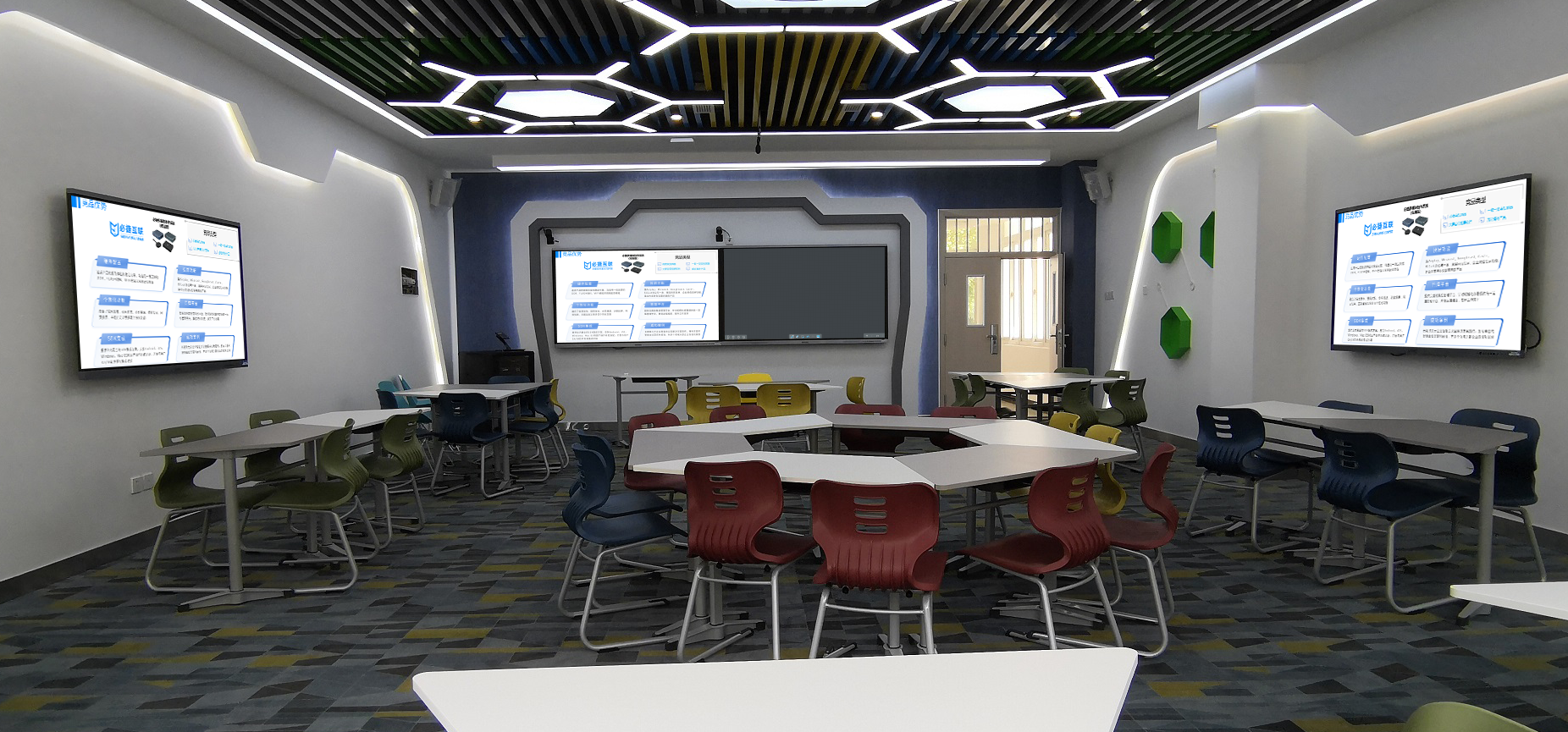Multi-screen interaction technology is widely used in both meeting screen mirroring and interactive classrooms. However, due to inherent differences in scenarios, there are significant variations in their core needs and application models.
- Core Objective: Improve decision-making efficiency and advance project progress.
- Key Needs Focus: Stability, security, speed, and ease of management.
- Core Objective: Promote knowledge internalization and develop collaborative abilities.
- Key Needs Focus: Interaction, participation, inspiration, and ease of operation.
- One-click screen mirroring is a must-have function, as it saves valuable meeting time by eliminating tedious setup.
- Permission management is crucial. The meeting host needs to control the order of screen mirroring (e.g., approving/rejecting requests) to maintain meeting order.
- Guest mode is indispensable, enabling external partners to connect to the system conveniently without accessing the internal network.
- Student screen sharing is the core function, used to showcase diverse learning outcomes (e.g., homework, project drafts).
- Group discussion features are frequently used, supporting collaborative exploration and idea exchange within small groups.
- Multi-screen comparative display is key, used to trigger critical thinking and in-depth discussions among students (e.g., comparing different solutions to a problem).
- For Meeting Screen Mirroring: Choose professional wireless screen mirroring solutions at the commercial level. These solutions should have strong management functions and high security to meet business collaboration needs.
- For Interactive Classrooms: Opt for education-customized solutions that support flexible grouping, offer strong interactivity, and stimulate students’ sense of participation—aligning with modern teaching concepts.
A deep understanding of the scenario differences between meeting screen mirroring and interactive classrooms is a prerequisite for successfully deploying multi-screen interaction solutions and maximizing their value.

